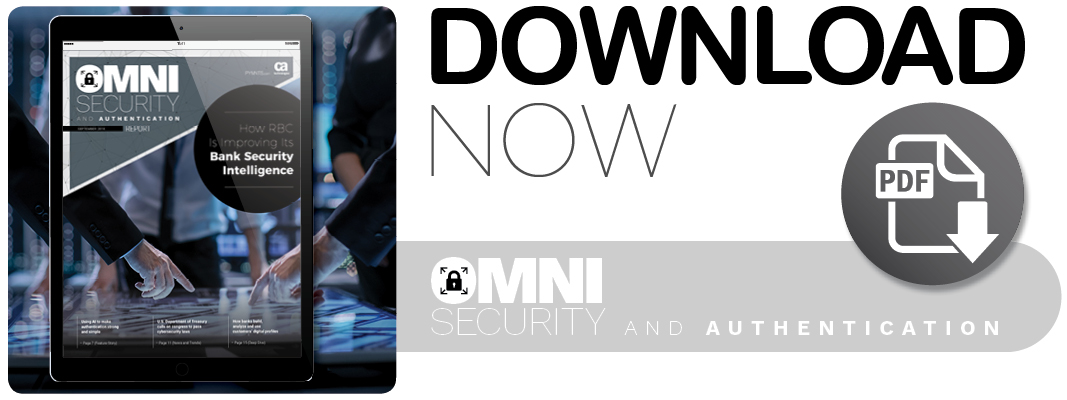The number of consumers visiting bank branches is set to decline by 36 percent over the next five years, while mobile banking usage is projected to increase by 121 percent.
The consumers turning away from bank branches and toward new connected channels are doing so in search of increased ease and convenience. The ability to bank on the go, across a range of connected channels, isn’t just giving consumers and companies new ways to interact and do business, however. It’s also presenting opportunities for fraudsters and cybercriminals, and bad actors are taking advantage.
According to recent research, fraudsters stole more than $7 billion from consumers and companies in 2016 alone, and did so on the backs of new technology and high-profile data breaches. Fraud rates are expected to skyrocket, too, with researchers projecting a nearly 200 percent increase within the next five years.
Cybercriminals are now making their gains through more sophisticated methods of attack. This means that those in charge of safeguarding consumers and merchants need a smarter approach when fighting fraud, one that incorporates emerging technologies and is driven by data about both customers’ and fraudsters’ habits.
In a recent interview with PYMNTS, Martin Wildberger, executive vice president of innovation and technology at Royal Bank of Canada (RBC), explained how the bank is using AI, machine learning (ML), neural networks and other innovations to fight fraud and protect customers.
Advertisement: Scroll to Continue
“We’re already using AI to analyze underlying patterns in complex market environments, and we’re enhancing client security through biometrics and fraud detection algorithms,” he said.
Smarter security
Consumers want to access banking services online or on their phones, and they expect to do so without being put through a lengthy or complex authentication process. Fraudsters are becoming more sophisticated in how they target banks and consumers, though, meaning FIs have been forced to step up their efforts to stop them.
As a result, FIs are looking to learn more about their customers’ habits and preferences, including how they typically manage their money — or, more importantly, how they don’t. Banks can use this information to rapidly screen transactions, especially with AI and ML, and identify patterns that indicate bad actors are wreaking havoc on a person’s financial life. This can all be done without the consumer having to lift a finger, enter a password or perform any other identity-verification measure.
For its part, RBC is using AI and ML to better understand its clients, find new insights and offer more personalized solutions and suggestions to clients. It is also looking to further increase its use of neural networks, and actively investing in research and development. The bank opened its Toronto-based Borealis AI research lab in 2016 to accelerate the development of new use cases.
“RBC is aiming to push the boundaries of the science around machine learning,” Wildberger added. “We are researching and developing ways to address cybersecurity, fraud management and biometric authentication using AI. In fact, we’re continuing to innovate to enhance our capabilities and keep pace with the fast-changing threat landscape.”
The company also provided support for the establishment of the Vector Institute, which made its debut in 2017 and is staffed by Canadian AI, ML and neural networks experts.
Balancing security with simplified experiences
Consumers care how financial firms are working to protect their money and safeguard sensitive information. Eighty percent of consumers recently told researchers they believe protecting personal data should be a “top concern” for their FIs.
Consumers also crave convenience, however, even at the expense of security. Recent PYMNTS research found that 70.5 percent of those surveyed cited ease-of-use as the most important feature of an authentication process, while 63.6 percent cited convenience and 61.6 percent said speed. Just 44.6 percent considered stringent data security features to be the most important element, and 32.0 percent preferred high fraud protection levels.
As such, banks and other financial firms must work to offer stringent security — without sacrificing the convenience of customers’ experiences. The company plans to work with both internal developers and corporate partners to find other use cases for emerging technologies going forward, allowing it to offer a combination of simplicity and security.
“We’re continuing to innovate to enhance our capabilities and keep pace with the fast-changing threat landscape,” Wildberger explained, noting that RBC has invested nearly $4 million as part of AI and ML development partnerships with the Ben Gurion University’s Cyber-Security Research Center in Israel. “This funding will support the development of adversarial AI, including ML-based cyber mitigation techniques.”
FIs will likely continue to innovate and create new opportunities through technology, but cybercriminals will remain eager to develop their own sophiscated methods of taking advantage of those same opportunities.





